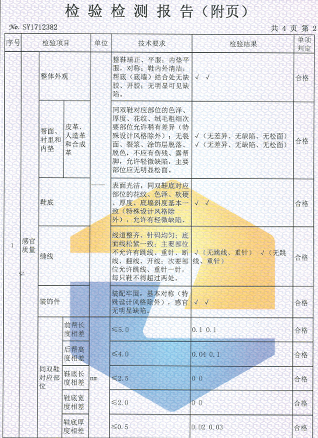The Essential Guide to Tying Up Rubber Boots
Rubber boots are a practical and versatile footwear choice, ideal for outdoor activities such as gardening, farming, or simply enjoying a rainy day walk. However, one of the often-overlooked aspects of rubber boots is the importance of properly securing them—ensuring both comfort and functionality. In this article, we will explore various methods and benefits of tying up rubber boots effectively.
Why Tying Up Rubber Boots is Important
Properly tying up your rubber boots not only enhances comfort but also ensures a snug fit, preventing any accidental slips or falls. Loose-fitting boots can lead to blisters and chafing, while a tight fit can restrict circulation and cause discomfort during prolonged wear. This is particularly critical when engaging in activities where stability and grip are essential, such as hiking in muddy terrain or working in wet environments.
Choosing the Right Laces
Before jumping into the techniques of tying your rubber boots, it’s essential to choose the right laces. Opt for durable laces that can withstand weather conditions and frequent use. Paracord or cotton laces are popular choices due to their strength and ability to resist fraying. Avoid using thin or flimsy laces, as they can break or wear out quickly, leaving you with an inconvenient situation.
Tying Techniques
tie up rubber boots

1. The Standard Knot The most common way to tie rubber boots is the standard knot. To achieve this, simply cross the laces over one another, loop one lace under the other, and pull tight. This method is effective but may need adjusting after prolonged use.
2. The Double Knot For added security, consider using a double knot. After tying the standard knot, take the two lace ends and make a second knot. This will help prevent the laces from coming undone during your activities, providing peace of mind as you venture out.
3. The Bow Knot Ideal for those who prefer a quicker method, the bow knot is a simple and efficient way to tie rubber boots. Cross the laces, make a loop with one, and wrap the other lace around it before pulling it through the hole. This method is easy to untie at the end of your activities.
4. Lacing Techniques for Improved Fit If your rubber boots are a bit loose around the ankles, consider using a lacing technique that focuses on the way the boot is snugged around the leg. Start lacing from the bottom and weave the laces through the ankle eyelets separately. This can create a more customized fit and prevent any slippage while walking.
Conclusion
In conclusion, properly tying up rubber boots is essential for comfort, safety, and usability during outdoor activities. By selecting the right laces and employing effective tying techniques, you can enhance your experience while wearing rubber boots. So next time you slip into your favorite pair of rubber boots, take a moment to tie them up securely. This small step can make a significant difference in your overall enjoyment and safety as you tackle the great outdoors. Whether you're gardening, walking in the rain, or exploring muddy trails, the right fit can improve your performance and keep your feet happy.
-
Stay Dry in Any Condition with WadersNewsJul.17,2025
-
Elite Performance with Camouflage Combat BootsNewsJul.17,2025
-
Dry and Comfortable with Green Rubber Garden ShoesNewsJul.17,2025
-
Convenient Protection with Foldable RainbootsNewsJul.17,2025
-
Comfort and Protection with Neoprene Work BootsNewsJul.17,2025
-
Brighten Rainy Days with Floral Rain BootsNewsJul.17,2025
-
Safety Wellies: The Ultimate Combination of Protection, Comfort, and VisibilityNewsJun.19,2025











